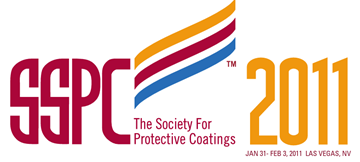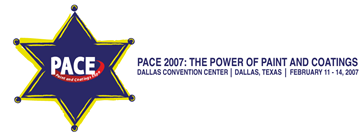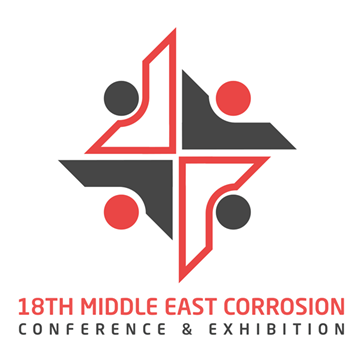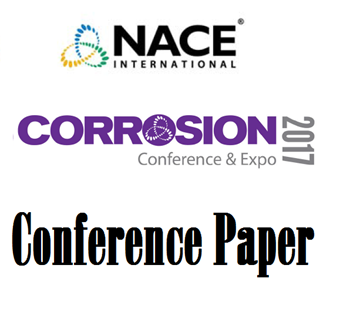Search
Individual Conference Papers
View as
Sort by
Display
per page
Straining at a Gnat and Swallowing a Camel: Safety and Performance Issues with Two - Part Urethane Finish Coats
Product Number:
41206-272-SG
Publication Date:
2006
$20.00
Strategic Corrosion Protection of a 30 Million Gallon Combined Sewerage Overflow Tunnel
Product Number:
41211-629-SG
Publication Date:
2011
$20.00
Strategic NDE Results Collaboration Yields Industry Insights
Product Number:
51317--8859-SG
ISBN:
8859 2017 CP
Publication Date:
2017
$20.00
Strategically Build Your Business using Market Research Analysis
Product Number:
41207-350-SG
Publication Date:
2007
$20.00
Strategies for Reducing Climate Control Costs Utilizing New Technologies
Product Number:
41215-881-SG
Publication Date:
2015
$20.00
Strategies to Control and Minimize Corrosion and HIC Damage Found in Amine Absorber HIC Resistant Steels
Product Number:
MECC23-20093-SG
Publication Date:
2023
$20.00
Strategy and Results of an Impressed Current Cathodic Protecton Retrofit in the North Sea
Product Number:
51317--8957-SG
ISBN:
8957 2017 CP
Publication Date:
2017
$20.00
Stray Current Corrosion Risks and Case Histories in Communication Tower and Electric Transmission Applications
Product Number:
51320-14770-SG
Publication Date:
2020
$20.00
Stray Current Guidebook for Rail Transit and the Lessons Learned
Product Number:
51319-13221-SG
Publication Date:
2019
$20.00
Stray Current Induced Localized Corrosion of Stainless Steel Plates in A Tainter Gate System
Product Number:
51321-16238-SG
Publication Date:
2021
$20.00
Stray Current Interference Simulation and Mitigation Associated with Light Rail Transit (LRT) Systems and Adjacent Metallic Pipelines – A Case Study
Product Number:
51323-18926-SG
Publication Date:
2023
$20.00
Streamlining the Specification Development Process for Bridge Painting
Product Number:
41205-210-SG
Publication Date:
2005
$20.00












